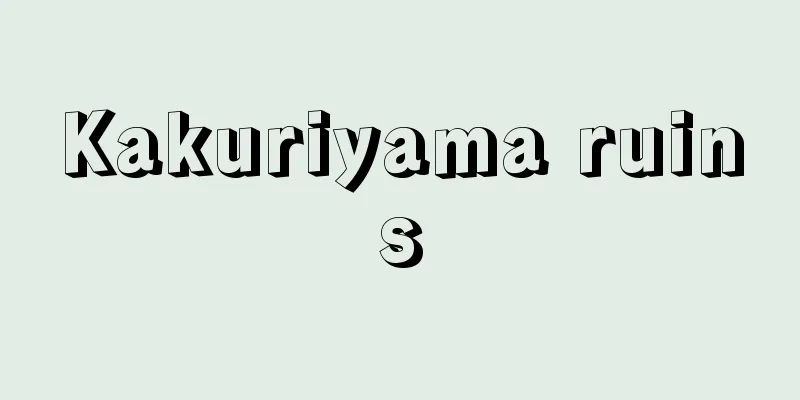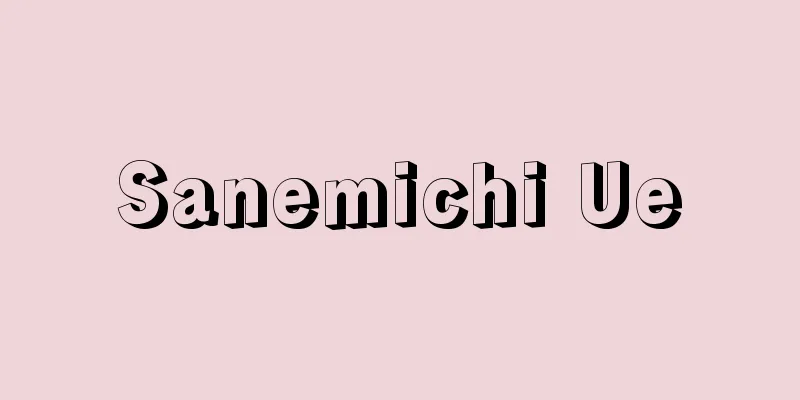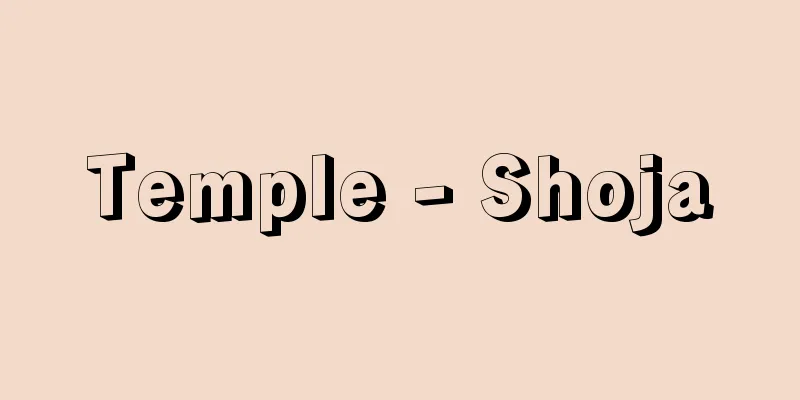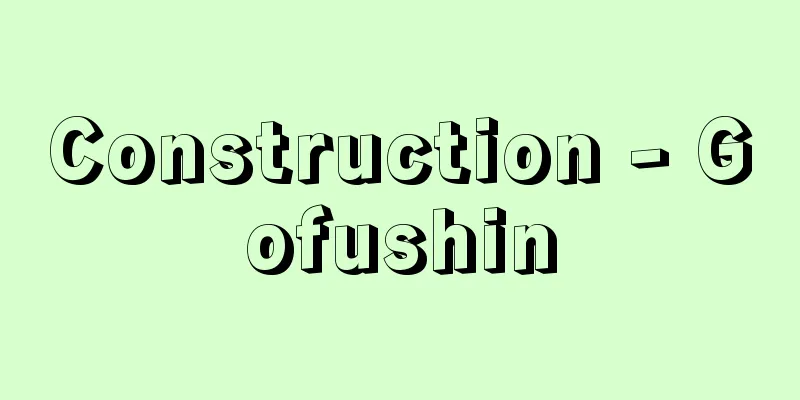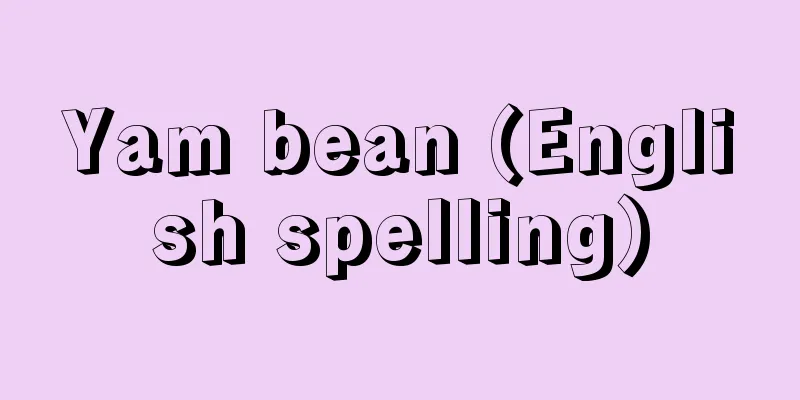Double acrostic (English spelling)
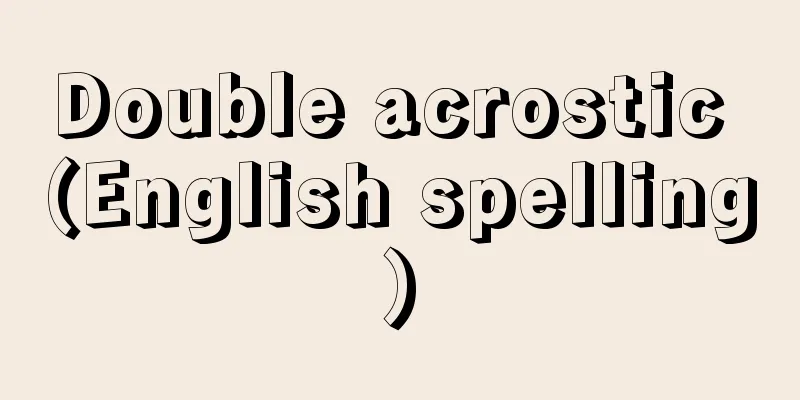
|
… Yoshida Kenko incorporates the request of a friend, "I want rice and money," into an elegant autumn poem (Figure 1). In the West, this is called a "double acrostic," in which the words are hidden at the end of the line. The "yaedasuki" is a further complex arrangement of several poems in a lattice pattern (Figure 2). … *Some of the terminology explanations that mention "double acrostic" are listed below. Source | Heibonsha World Encyclopedia 2nd Edition | Information |
|
…友人に対する〈米(よね)たまへ銭(ぜに)も欲し〉という無心を,吉田兼好は優雅な秋の歌に折り込んでいる(図1)。西洋でこれに当たるのは,行末に語をひそませた〈ダブル・アクロスティックdouble acrostic〉である。沓冠をさらに複雑化して,幾種もの歌を格子状に組み合わせたのが〈八重襷(やえだすき)〉である(図2)。… ※「double acrostic」について言及している用語解説の一部を掲載しています。 出典|株式会社平凡社世界大百科事典 第2版について | 情報 |
Recommend
Cevdet Paşa
1822‐95 A politician and historian representing th...
Zeche
…Brotherhoods were the basis of human ties in med...
Matsuida [town] - Matsuida
A former town in Usui County in the southwest of G...
Kaiyose
A westerly wind blows around the end of March, a r...
Whaling ship - Hogeisen (English spelling) Whale catcher
Also called a catcher boat. A fast boat used for c...
Shin
(1) A princely state in the Spring and Autumn Peri...
Germi, P. (English spelling) GermiP
...In America, this was also called "Italian...
Dutch Winter Solstice - Holland Winter Solstice
…A banquet held during the Edo period to celebrat...
"Kyobouki" - Kyobouki
…In the Tang Dynasty teaching fang, male musician...
Hokyointo - Pagoda
They can be made of wood or copper, but are gener...
Wooden nails - Kikugi
〘 noun 〙 Wooden nails. They are mainly made from U...
Kazanlâk (English spelling)
… [Matsunaga Midori] 【art】 In 1972, relics from t...
Shushenskoe (English spelling)
A village on the Yenisei River, 60km southeast of ...
Inaw
〘Noun〙 (inau) ⸨Inao ⸩ One of the tools used by the...
Hometown agreement
A code and organization created in Chinese villag...

